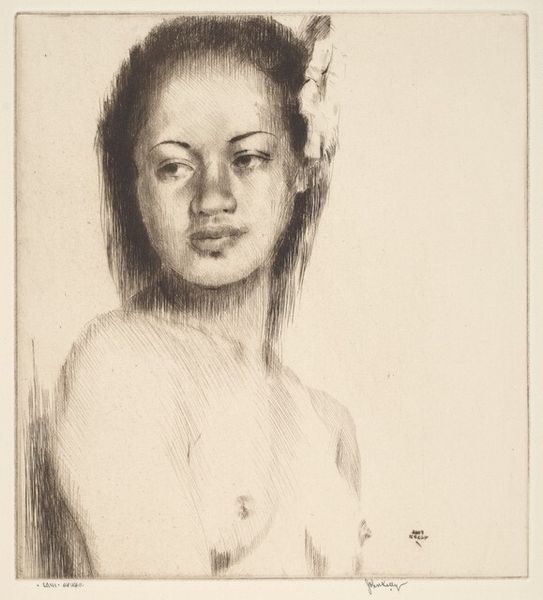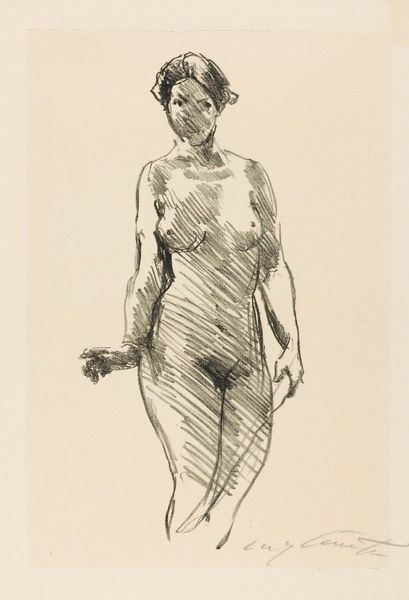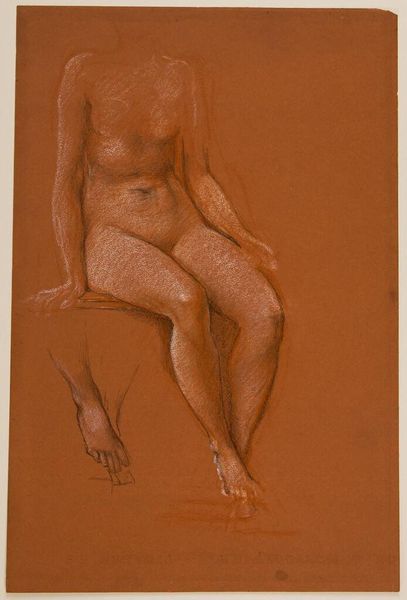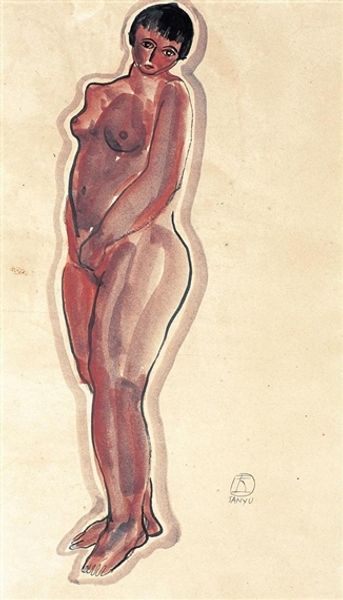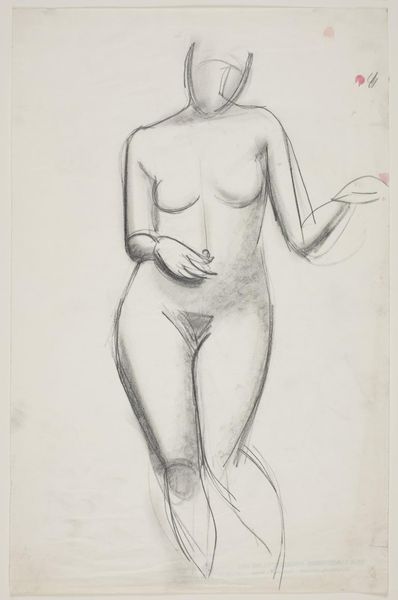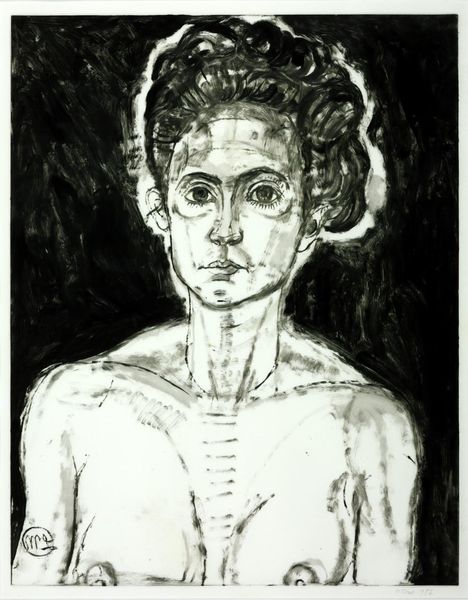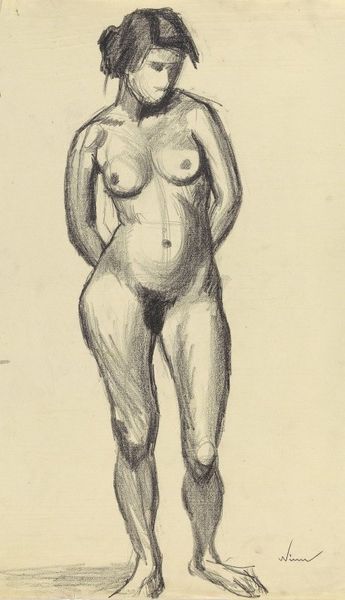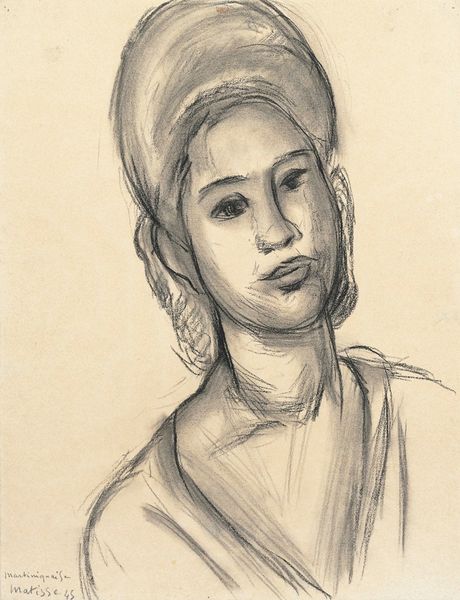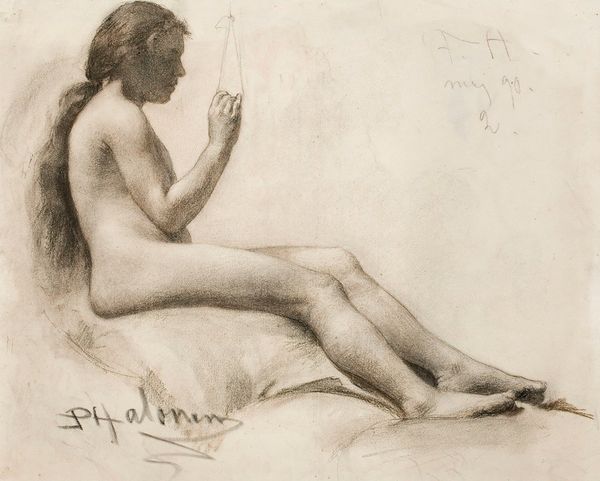
drawing, charcoal
#
portrait
#
drawing
#
charcoal drawing
#
charcoal
#
academic-art
#
nude
#
realism
Copyright: Public domain
Editor: This drawing, "Portrait of Mangbetu Woman" by Alexandre Jacovleff, seems to capture a real person in a way that feels both classical and very present. What social and cultural ideas do you see playing out in this work? Curator: This piece prompts us to consider the politics of representation within ethnographic art. Jacovleff, though undoubtedly skilled in his craft, was also a product of his time. How do you think his status as an outsider might have influenced the way he chose to depict this woman? Editor: I suppose he might have focused on what he saw as "exotic" or "different". I do wonder about her gaze. She seems proud, but it’s hard to say if that’s his projection or her reality. Curator: Exactly. The Western gaze often romanticized or objectified non-Western subjects, framing them within pre-existing colonial narratives. Jacovleff’s portraits were exhibited, shaping public perception of the Mangbetu people. Does this drawing challenge or reinforce such power dynamics, in your opinion? Editor: I see your point. There’s a fine line between appreciating cultural details and perpetuating stereotypes. Maybe both are happening here. The drawing is skillful, and shows an interesting culture through jewelry and bodily modification. It makes you wonder if Jacovleff’s images reinforced stereotypes, and whether such portraiture empowers its subject. Curator: Absolutely, understanding the historical context and being aware of the power dynamics inherent in portraiture, particularly ethnographic portraiture, allows us to view the work with critical nuance. Editor: I learned that portraits reflect as much about the artist and the intended audience, as they do about the subject. Thanks! Curator: Precisely, viewing art with such scrutiny illuminates our present.
Comments
No comments
Be the first to comment and join the conversation on the ultimate creative platform.
